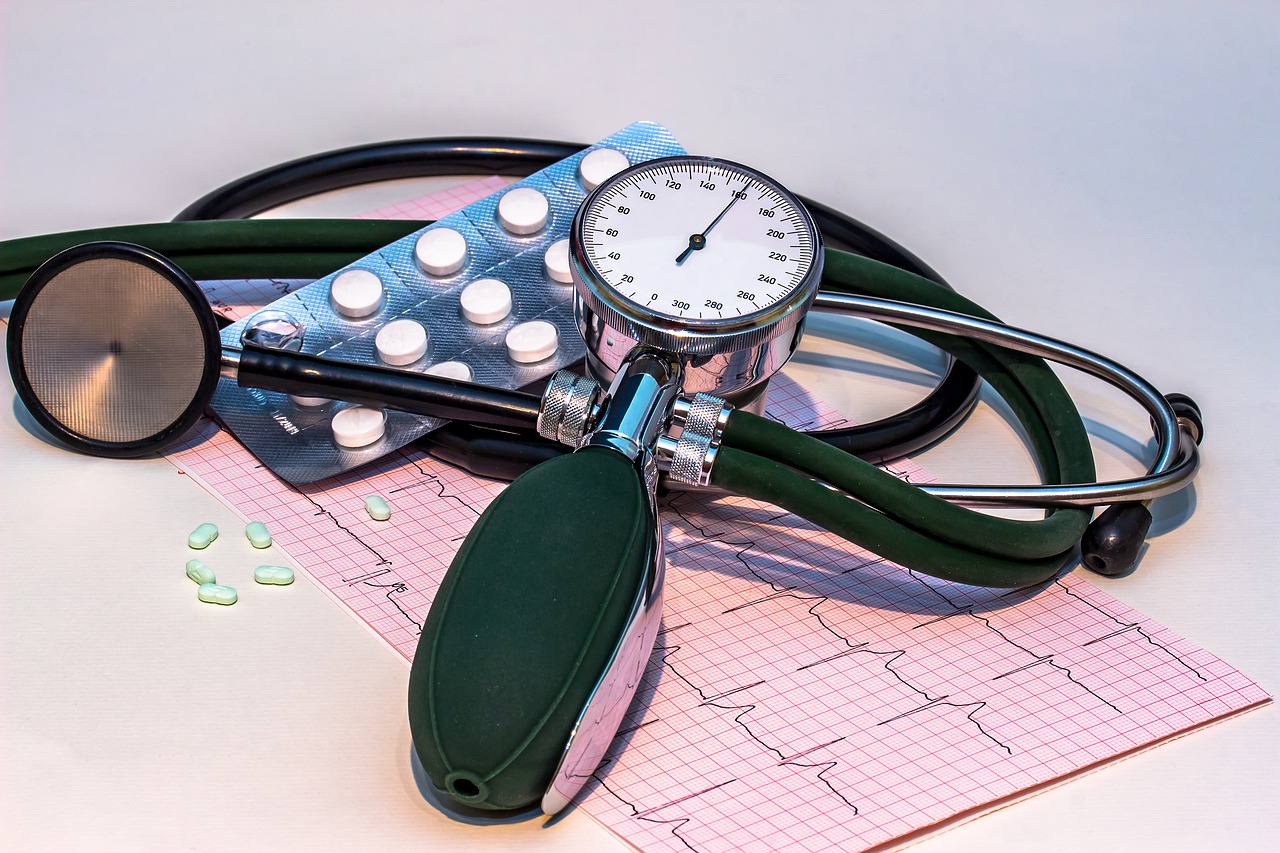Bloodletting is used today in traditional Chinese medicine as a treatment for a sudden spike causing extremely high blood pressure. The practice of bloodletting began around 3,000 years ago with the Egyptians, then continued with the Greeks and Romans, the Arabs, and the Asians, and then spread through Europe during the Middle Ages and the Renaissance. It reached its peak in Europe in the 19th century, but subsequently declined, and today in Western medicine it is used only for a few select conditions.
However, when blood pressure suddenly rises, bloodletting can be an effective treatment to bring it down quickly. According to traditional Chinese medicine (TCM), massaging the Quchi acupoint on the elbows and the Yongquan acupoint on the soles of the feet can help lower blood pressure. However, when the blood pressure is so high that it starts to make one feel dizzy, the effect of acupuncture or acupressure is too slow-acting and may not be appropriate in an emergency situation.
Chen Sanlong, a traditional Chinese medicine practitioner, noted that: “At this time, bloodletting can lower blood pressure faster than injections, and even coma patients can regain consciousness quickly.” After the blood is released, symptoms can improve immediately.

Similar to how rivers course through a landscape, energy meridians traverse the body and supply it with vital energy. (Image: bekaschiller via Pixabay)
When doctors bleed patients to lower blood pressure, there are several commonly used acupoints. Of course, you should always seek a traditional Chinese medicine physician to perform the procedure.
Acupoints that are used to help reduce extremely high blood pressure
Weizhong point, instep, or toe
When the patient is dizzy, the doctor can first find the congestion point or deep blue vein in the Weizhong acupoint located in the pit of the knee, the instep, or the toe, and drain blood to relieve the blood pressure. The Weizhong acupoint is the most critical gathering place for “dirty blood.” If congested, blood should be drained at this acupoint first. After pricking it with the syringe needle, people with severe illnesses may immediately shed 100-200 cc of blood, while the average person may bleed 10-20 cc.
Feng Fu point and Feng Chi point
The Feng Fu point is at the base of the skull, just below the bottom ridge of the skull cap at the highest point of the neck. The Feng Chi acupoint, located behind the ears, is near the depression of the hairline. This method can be used for immediate first aid. Chen noted this part produces only subcutaneous bleeding, and the blood volume is small, but it can immediately relieve the symptoms in an emergency and save a person from heatstroke or other serious condition.

The Feng Fu point is at the base of the skull, just below the bottom ridge of the skull cap at the highest point of the neck. (Image: via Maxpixel)
Back of the ear, the tip, or earlobe
When the blood pressure is high, dark blue veins may appear in the back of the ear, the tip of the ear, or the earlobe. The color is different from that of the surrounding skin, and healthy people have no such colorization. Bloodletting at the dark blue points can immediately improve the symptoms of very high blood pressure.
Shixuan points
Shixuan acupoints, located at the tips of the 10 fingers of both hands, are close to the nails. There are 10 acupoints on the left and right. When lowering blood pressure, the doctor uses a needle to squeeze out a small amount of blood.
The writer of this story is not a medical professional, and the information that is in this story has been collected from reliable sources — every precaution has been taken to ensure its accuracy. The information provided is for general information purposes only, and should not be substituted for professional health care.
Translated by Joseph Wu and edited by Helen
Follow us on Twitter, Facebook, or Pinterest

